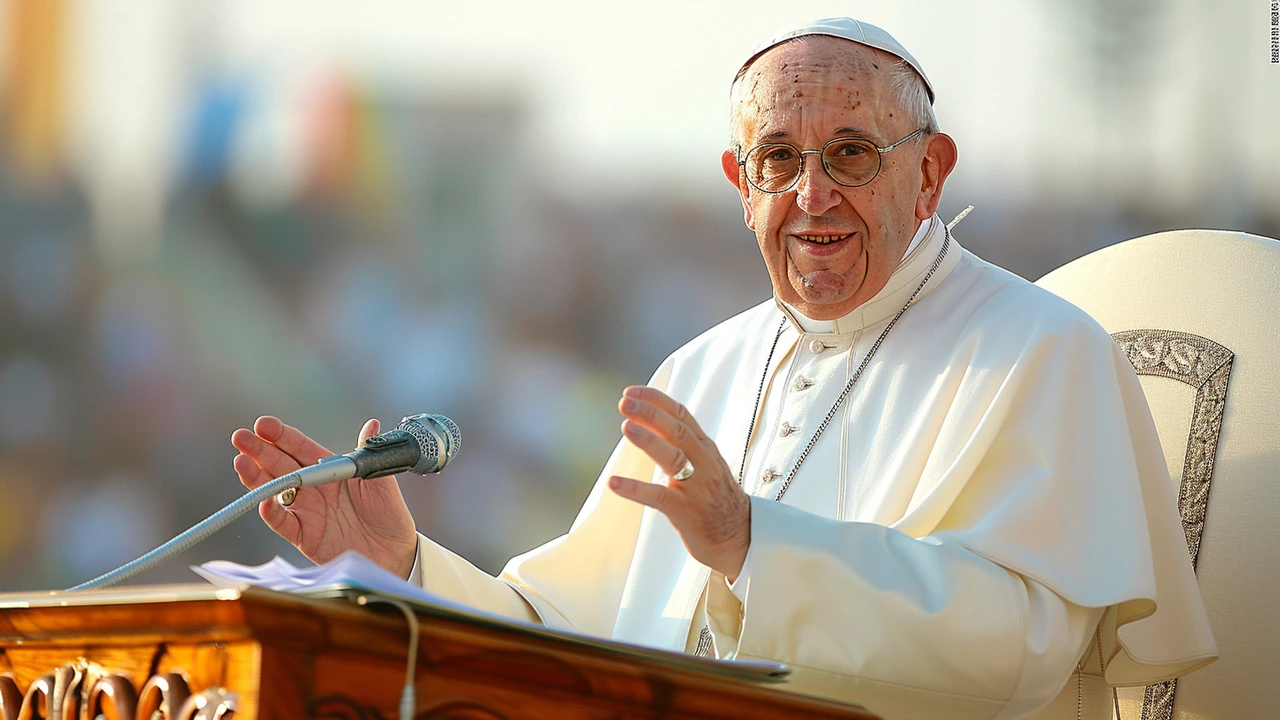Vatican: What Makes This Tiny Country So Big on Interest?
Ever wonder why a place smaller than a city can attract millions? The Vatican isn’t just a tiny piece of land; it’s the spiritual heart of the Catholic world, a museum of art, and a piece of history you can walk through. In the next few minutes you’ll get the basics, a few cool facts most tourists miss, and practical tips to make your trip smooth.
Quick History Crash‑Course
The Vatican started as a garden on the far side of the Tiber River. In the 4th century, Emperor Constantine built a basilica there, which later became St. Peter’s. By the 8th century the Pope took over the surrounding area, and in 1929 the Lateran Treaty officially created Vatican City as an independent state. That means the Pope is both a religious leader and a head‑of‑state, running a country the size of a large office building.
Because it’s a sovereign state, the Vatican can issue its own passports, stamps and even a tiny army, the Swiss Guard. The Guard’s bright uniforms aren’t just for show; they protect the Pope and the papal apartments. Their history goes back to 1506, and those medals you see on the walls are a reminder of centuries of duty.
Must‑See Spots (And a Few Hidden Gems)
St. Peter’s Basilica is the star attraction. Skip the long line by arriving early or buying a skip‑the‑line pass. Inside, look up at Michelangelo’s dome and the stunning Baldacchino by Bernini. Don’t miss the tomb of St. Peter—if you’re lucky you’ll see the skull of the saint himself.
The Vatican Museums are a maze of rooms packed with art from ancient Egypt to modern times. The highlight is the Sistine Chapel, where Michelangelo painted the famous ceiling. Most people rush through, but taking a short break to appreciate the details can change the whole experience.
Few visitors know about the Vatican Gardens. You need a guided tour to get in, but the peaceful paths, fountains and statues are worth the effort. It’s a quiet spot away from the crowds, and you get a glimpse of the Pope’s private retreat.
For a quick bite, try the small café near the Vatican Museums. It’s cheap and serves decent espresso—great for refueling before you head back into the art rush.
Practical tip: wear comfortable shoes. The Vatican’s cobblestone streets and long museum corridors can tire you out fast. Also, bring a small bottle of water; there are water fountains but they’re not always easy to find.
When it comes to dress code, the Vatican is strict. No sleeveless tops, short shorts, or hats inside the basilica and museums. A simple t‑shirt and a light jacket usually pass the check.
Finally, consider timing. The best months are April to June and September to October. Summer can be scorching and the crowds grow huge, while winter brings shorter lines but colder weather.
Whether you’re a history buff, an art lover, or just curious about the Pope’s tiny kingdom, the Vatican delivers a big experience in a small package. Follow these tips, keep an eye out for hidden details, and you’ll leave with more than just photos—you’ll have stories to share.

